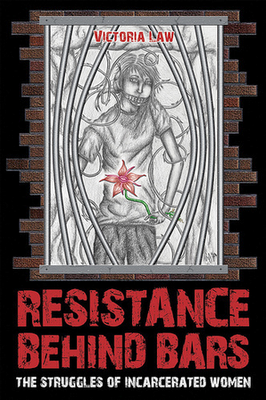Resistance Behind Bars: The Struggles of Incarcerated Women

Of the many staggering statistics in Victoria Law’s eight-year study, Resistance Behind Bars: The Struggles Of Incarcerated Women, the following fact will make your jaw drop: the number of incarcerated women in United States prisons has almost doubled from 68,468 to 104,848 between 1995 and 2004.
Like their male counterparts, this population of women is overwhelmingly comprised of African Americans and Latinas, which can be largely attributed to racial profiling—not, as popular mythology might suggest—an ad hoc increase in crime amongst these ethnic groups. Law’s fascinating text is born from her personal experience as a teenager who narrowly avoided incarceration herself, and the friendships she cultivated with women who were not so lucky. As Law raised her own consciousness about the prison-industrial—complex, she began investigating incarcerated women’s involvement in prisoners-rights movements and was told flat-out by other activists that “Women don’t organize.”
Resistance Behind Bars is a compelling testament to the untruth of this statement, and offers innumerable examples of women’s prison uprisings. One such instance is a 1975 sit-down demonstration for improved medical care at the North Carolina Correctional Center for Women, in which women fought back against prison guards attempting to beat and herd them into a gymnasium. Creatively, these prisoners used volleyball net poles, chunks of concrete and anything else immediately available, causing the state to invoke the aid of over 100 guards from other prisons to pacify the rebellion.
Law’s exhaustively researched text includes anecdotal information she harvested from interviews, letters, and conversations with prisoners as well as government reports and major media sources. Most importantly, Law highlights the deeply gendered nature of women’s prison experiences, which cuts across virtually all aspects of incarcerated life. Sexual abuse, motherhood, physical labor, education, medical care, and the extent to which women prisoners’ activism receives media attention are all areas that Law treats with a distinct sense of urgency. What’s more, Resistance Behind Bars has bonus features that underpin Law’s activist project: a list of resources organized according to region for how readers can get involved in the prisoners-rights movement, and an annotated list of recommended readings.